How often and how to water my pothos?
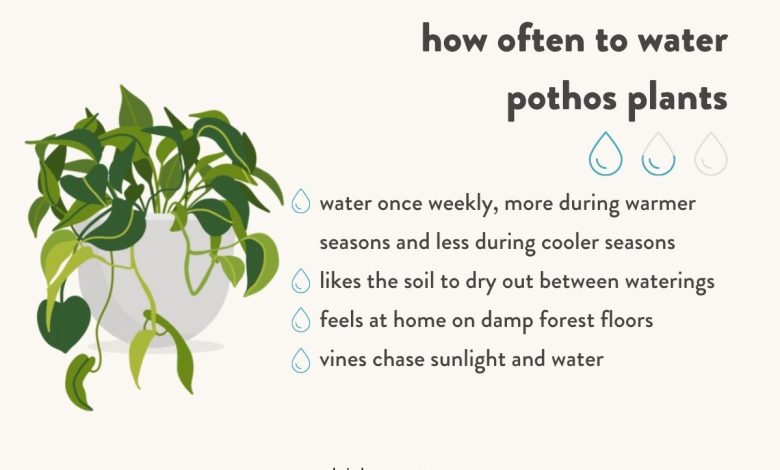
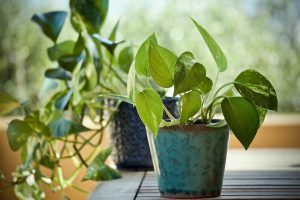 Pothos are known as climbing or hanging plants, depending on the place they are given, creating spaces full of captivating leaves.
Pothos are known as climbing or hanging plants, depending on the place they are given, creating spaces full of captivating leaves.
In general, it is a kind of interiors, since they are easy to care for, very decorative and resistant to the internal conditions of a house.
On the other hand, they are usually special for decorating areas that you want to give a greener touch, due to the intense color of their leaves.
While they don’t need much care, pothos do have a key weakness when it comes to watering, so be careful. Precisely for this reason, today we will explain everything you need to know about the best way to water this plant and all the details regarding its needs.
Important points when watering pothos:
- Irrigation frequency: depends on the needs of the plant.
- Irrigation method: localized, with a watering can.
- Optimum time of day for watering: in the morning, before the sun warms up.
- Identify excess water: yellowish leaves or that detach from the stems.
- Identify lack of water: dry soil, stunted growth, problems with root development.
What irrigation needs does the potho have?
Pothos are specimens of a tropical climate and high humidity in the air, so they can grow especially well indoors. However, it is advisable to take great care of the irrigation regime and that the lighting is always veiled by a curtain.
This is because the humidity, plus the direct sun, can burn or damage the plant, making it very difficult to recover.
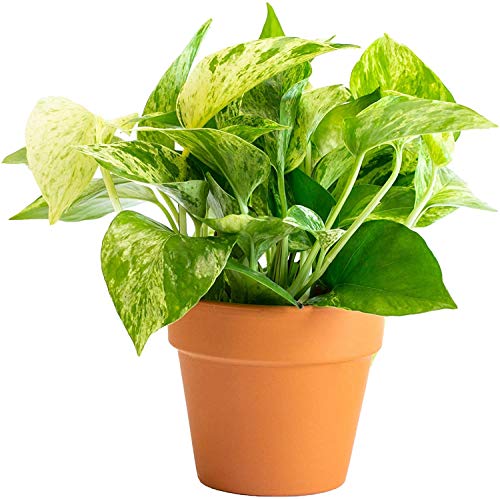
The best way to provide a suitable environment is to pay attention to the humidity of the soil before watering. Similarly, you should avoid getting the leaves too wet, since it can be detrimental to their growth and development.
How can we detect lack of irrigation in the poto?
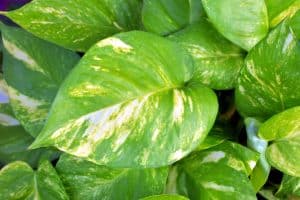 To begin with, the soil where it is planted will look dry and may even harden over time.
To begin with, the soil where it is planted will look dry and may even harden over time.
This will promote the roots to stop their development and that they can atrophy due to not being able to breathe properly.
The plant, although it can withstand drought, will not stand indefinitely, so it is advisable to correct this problem as soon as possible. Otherwise, the plant will begin to dry out from the roots, losing leaves and turning brown.
How often should we water the poto?
The poto requires high humidity so that it can stay very healthy. However, watering will depend more on the soil than on the plant itself, since you should avoid watering it too much and causing problems for it.
Taking this detail into account, it is advisable that you check the conditions of the land. If it is very dry or moderately dry, it is time to water again. In the event that it still retains enough moisture, you will have to wait.
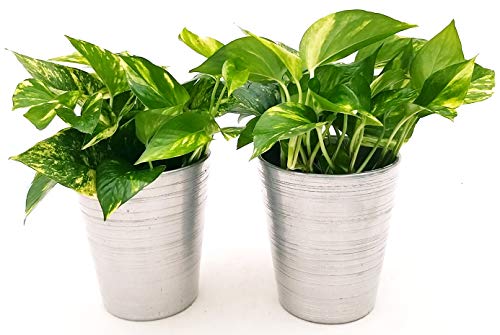
Consider that depending on the weather you will have to water more or less, to always maintain the humidity it needs. Also, a good tip is to spray the plant with warm water at least once a day during the winter, helping it to regulate its temperature.
What is the best way to water pothos?
Using a garden watering can is the best way to water pothos, allowing the water to stay directly in the soil. You should never do it with cold water, since it is a warm humidity plant and has to maintain its temperature.
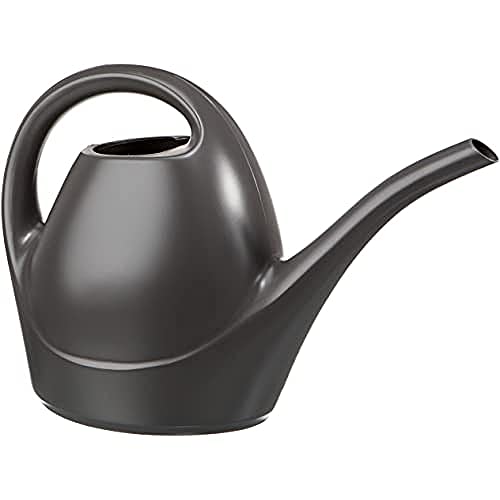
It is advised that a natural temperature be maintained or that it be a little warm, recreating the environment where it normally lives. In the case of watering with a hose, be careful not to wet the leaves, especially if it is exposed to sunlight at that time.

This can cause the leaves to sunburn or opportunistic fungi and diseases to reach the plant and damage it.
How do we detect excess water in the poto?
Although it is a humid environment plant, the potho usually does not develop well in environments with too much humidity.The first indication that you are putting too much water is that puddles are created around the specimen.
This will promote an ideal environment for fungi and diseases that can make the plant look lifeless or have some spots on its leaves. Similarly, excess water will cause the roots of the potho to rot, losing strength and vitality, so it will end up dead in a short time.
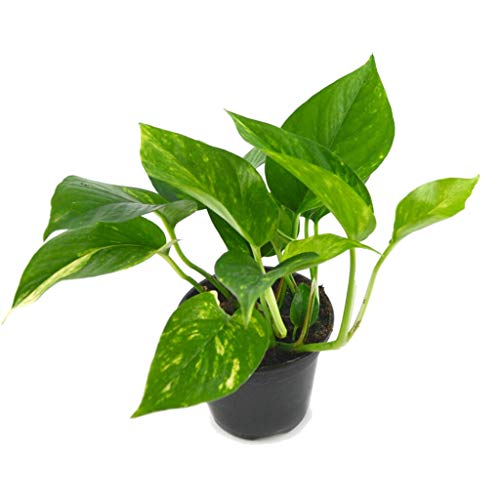
The poto is an ideal plant to have at home, decorating any corner you want and giving a natural touch to the environment. Whether hanging or as a climber, this specimen will look cute and fresh at all times, as long as you take care of it properly.
Bibliographic references
- Evaluation of substrates for the production of Epipremnum aureum and Spathiphyllum wallisii grown in pots, OC García, G Alcántar, RI Cabrera, F Gavi … – Terra…, 2001 – redalyc.org
- Effect of fertilization and type of seed in the cultivation of pothos (Epipremnum aureum), K Jiménez, F Acosta – repository.ucr.ac.cr
- Productive efficiency of two types of seed and two sources of organic fertilizer in the cultivation of pothos (Epipremnum aureum), LF Acosta Jiménez – 1998 – sidalc.net
- Epipremnum aureum species (pothos) as a phytoremediator to improve water quality, KJ Suclupe Araujo, KA Vega Falcon – 2019 – repository.ucv.edu.pe

![Photo of Aquilegia Vulgaris: [Planting, Care, Irrigation, Substrate, Problems]](https://www.complete-gardening.com/wp-content/uploads/2022/08/aquilegia-vulgaris-planting-care-irrigation-substrate-problems-390x220.jpg)
![Photo of Retama Sphaerocarpa: [Cultivation, Irrigation, Associations, Pests and Diseases]](https://www.complete-gardening.com/wp-content/uploads/2022/08/retama-sphaerocarpa-cultivation-irrigation-associations-pests-and-diseases-390x220.jpg)

